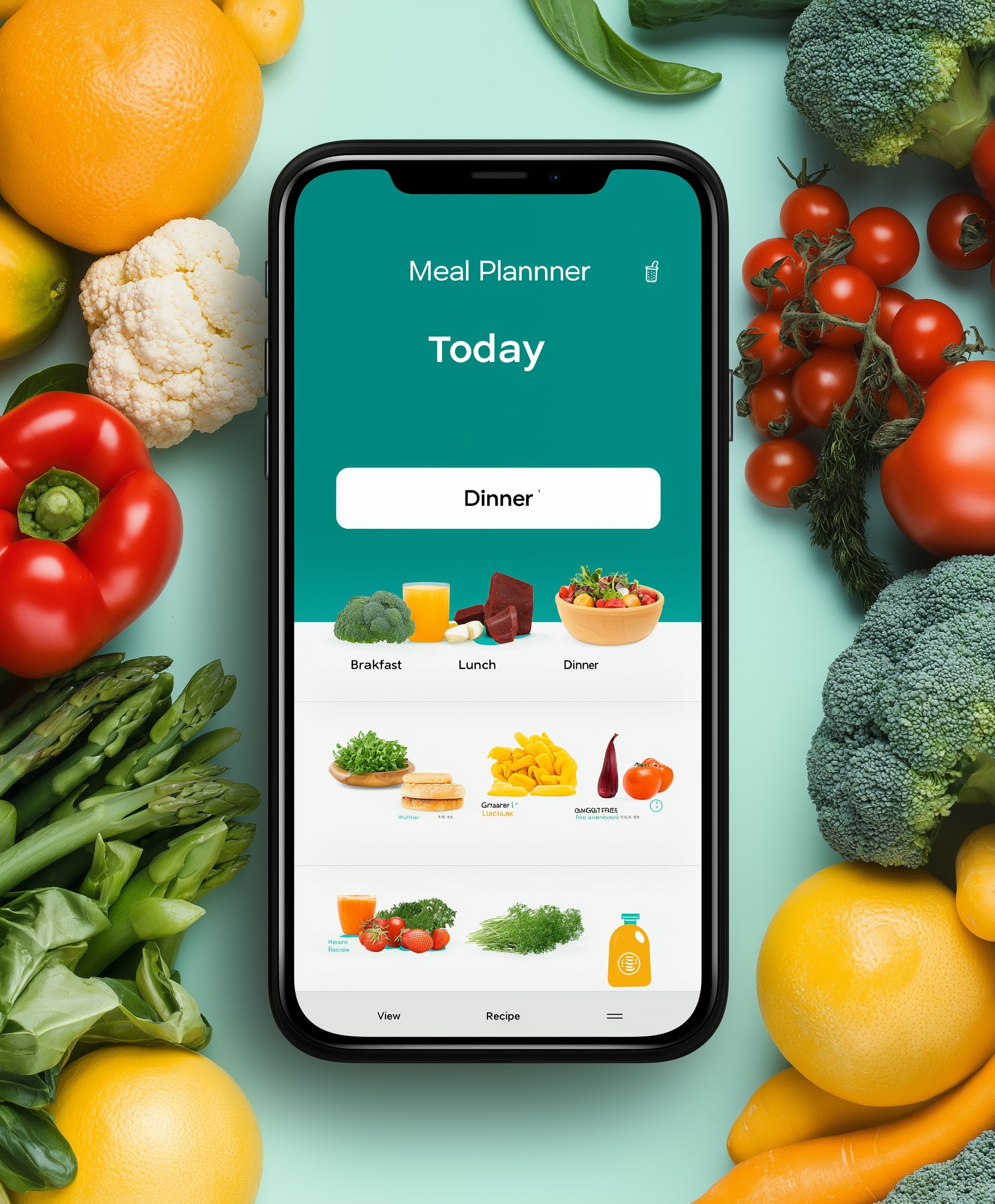In today’s digital age, having a robust mobile application is crucial for businesses to thrive. A well-designed, developed, and maintained mobile app can enhance customer engagement, streamline operations, and boost brand visibility. This article provides a comprehensive guide to mobile app design, development and maintenance, outlining the essential steps and best practices for creating a successful mobile application.
1. Understanding Mobile App Design

Design is the foundation of any mobile application. It determines how users interact with the app, their navigation experience, and overall satisfaction. Here are key elements to consider in the design phase:
- User-Centric Design: Focus on creating an intuitive interface that aligns with users’ needs and preferences. Conduct user research and usability testing to gather insights and iterate the design accordingly.
- Responsive Design: Ensure the app functions seamlessly across various devices and screen sizes. A responsive design improves user experience and accessibility, leading to higher retention rates.
- Visual Appeal: Aesthetic elements such as colour schemes, typography, and icons play a significant role in capturing users’ attention. A visually appealing design can make a lasting impression and encourage users to spend more time on the app.
- Consistency: Maintain consistency in design elements, including buttons, icons, and fonts, to provide a cohesive and familiar experience for users throughout the app.
2. The Development Process

The development phase is where the app’s functionality is brought to life. It involves coding, integrating features, and testing to ensure the app performs as intended. Here’s a breakdown of the development process:
- Planning and Strategy: Define the app’s goals, target audience, and key features. Develop a detailed project roadmap, including timelines, milestones, and budget considerations.
- Choosing the Right Technology Stack: Select a technology stack that best suits your app’s requirements and platform (iOS, Android, or cross-platform). Popular tech stacks include Swift for iOS, Kotlin for Android, and React Native for cross-platform development.
- Backend Development: Focus on building the server side of the application, including databases, APIs, and server logic. A robust backend is essential for managing data, user authentication, and app performance.
- Frontend Development: Implement the user interface (UI) and user experience (UX) elements designed in the previous phase. Frontend development involves coding the app’s interface, integrating APIs, and ensuring responsiveness.
- Testing and Quality Assurance: Conduct thorough testing to identify and fix bugs, ensure compatibility across devices, and verify that the app meets performance standards. Types of testing include unit testing, integration testing, and user acceptance testing (UAT).
3. Importance of App Maintenance

App maintenance is a continuous process that ensures your mobile application remains functional, secure, and up-to-date. Regular maintenance is crucial for retaining users and keeping the app relevant in a competitive market.
- Performance Monitoring: Regularly monitor the app’s performance to identify any issues that may affect user experience. Tools like Firebase and New Relic can help track performance metrics such as load times, crashes, and errors.
- Security Updates: Protect your app and users’ data by implementing security patches and updates. Address any vulnerabilities promptly to prevent data breaches and maintain user trust.
- Feature Enhancements: Stay ahead of the competition by continuously improving your app with new features and updates. Listen to user feedback and analyze usage data to identify opportunities for enhancement.
- Compatibility Updates: Ensure your app remains compatible with the latest operating systems and devices. Regular updates help avoid compatibility issues and provide a smooth user experience.
Conclusion
Creating a successful mobile app requires a well-thought-out approach to design, development, and maintenance. By focusing on user-centric design, choosing the right technology stack, and committing to ongoing maintenance, businesses can create apps that not only meet users’ needs but also drive growth and engagement. Remember, a mobile app is an evolving product that requires continuous attention and improvement to remain relevant in the fast-paced digital landscape.




